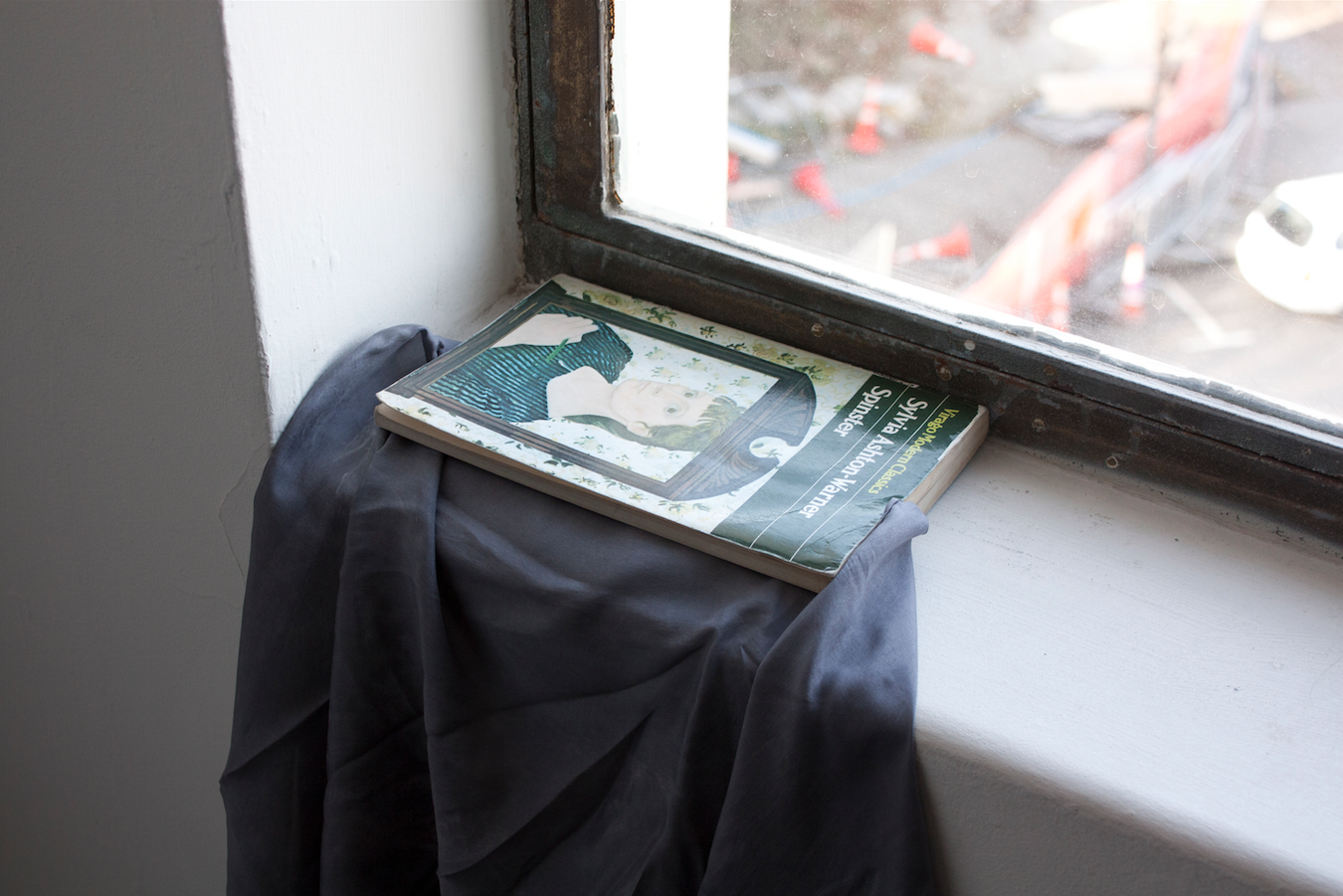Teacher By Sylvia Ashton Warner Pdf Viewer

TEACHER was first published in 1963 to excited acclaim. Its author, Sylvia Ashton-Warner, who lived in New Zealand and spent many years teaching Maori children, found that Maoris taught according to British methods were not learning to read. They were passionate, moody children, bred in an ancient legend-haunted tradition; how could she build them a bridge to European cult TEACHER was first published in 1963 to excited acclaim. Its author, Sylvia Ashton-Warner, who lived in New Zealand and spent many years teaching Maori children, found that Maoris taught according to British methods were not learning to read.
They were passionate, moody children, bred in an ancient legend-haunted tradition; how could she build them a bridge to European culture that would enable them to take hold of the great joy of reading? Ashton-Warner devised a method whereby written words became prized possessions for her students. Today, her findings are strikingly relevant to the teaching of socially disadvantaged and non-English-speaking students. TEACHER is part diary, part inspired description of Ashton-Warner's teaching method in action. Her fiercely loved children come alive individually, as do the unique setting and the character of this extraordinary woman. 'Children have two visions, the inner and the outer of the two, the inner vision is brighter' - Sylvia, Pg 38 Sylvia Ashton Warner, author of Teacher, shares her method of teaching that stresses on the inner vision.
THE BIOGRAPHY OF SYLVIA ASHTON-WARNER by: LYNLEY HOOD. AUTHOR'S NOTE. This story is true. All the characters are real, even Sylvia Ashton-Warner. Her life is as strange a mix of truth and fantasy as you will find anywhere, but the important point is that it is her fantasy, not mine. The book may read. From Training to Beginning Teacher: Anxieties. Zealand’s Sylvia? What endures in Ashton-Warner’s work are the.
The output resulting from inner vision is said to be organic. The output can be a word (Key Vocabulary), a sentence (Creative/organic writing). Each word coming from inner live of child has significance and personal meaning for a child. This emotional significance attached with the w 'Children have two visions, the inner and the outer of the two, the inner vision is brighter' - Sylvia, Pg 38 Sylvia Ashton Warner, author of Teacher, shares her method of teaching that stresses on the inner vision. The output resulting from inner vision is said to be organic. The output can be a word (Key Vocabulary), a sentence (Creative/organic writing).
Each word coming from inner live of child has significance and personal meaning for a child. This emotional significance attached with the word makes reading and writing- a genuine and authentic experience and learning. Following are the steps in Warner's literary method: 1) Ask the child for a word 2) Write the word in the card and give it back to the child 3) The child writes on his notebook, and then write it on the board and describes the personal significance of the word. 4) After collection of many such words, child writes them in sentences and construct stories. 5) The child read the words, sentences and story that he/she has written (Organic reading) The Indian edition I read has foreword by Arvind Gupta. Cara Install Win7 Dual Boot.
He is scientist, educator and passionate about teaching children. His website arvindguptatoys.com has amazing collection of science projects created from waste products, and has resources on education. He mentions about Paulo friera who used similar method as Sylvia's, but to grown up adults. Because of which he was thrown out from Brazil. This implies that no government wants its people to really be educated. This is actually quite true. We see so much development, and being spent on statues and superfast bullet train, but not much being spend on education and living condition of poor.
Gupta summarizes the methodology of Teacher by comparing it to Gandhian practice: Go to the People Live with them Love them Start on what they know Build on what they have 'We should not ignore her method because it is so unassuming, so unpretentious' - Herbert Read. Interesting book about teaching. It is ultimately a diary; kind of disjointed and not always the easiest to follow. I found the comparison to marriage and intimacy at the end to be too much. But I do like the idea of giving children words to learn that already exist in their own minds and think that makes a lot of sense, rather than a one size fits all solution for teaching.





